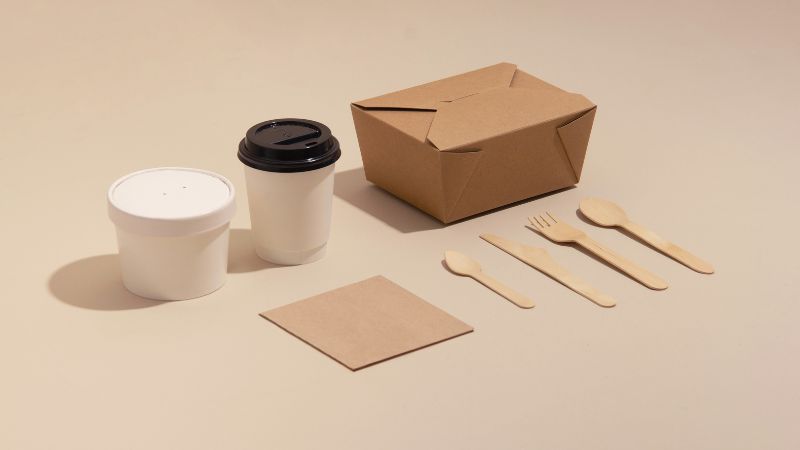
Restaurant customers may be wincing from today’s takeout prices, but a majority would accept an increase if the to-go packaging was improved, according to a new report from the National Restaurant Association.
A switch to containers that better preserve the quality of takeout and delivery orders would also expand the array of items guests would order for off-premise consumption, the study states. Ninety percent of consumers would consider new options if they were confident the food would travel better, the data shows.
The study provides a snapshot of the off-premises market almost exactly five years after the start of the pandemic, a crisis that supercharged takeout and delivery sales following government-mandated dining-room closures.
The association found that takeout and delivery are now the dominant sales channels for the restaurant industry as a whole. Limited-service operations have long generated more than half their sales through drive-thru and carryout orders. The study shows that 3 out of 4 meals served across all types of restaurants are now intended for off-premise consumption.
The to-go market is now undoubtedly “a consumer preference and a business essential,” the trade group said in releasing its study, 2025 Off-Premises Restaurant Trends.
"It now accounts for a larger share of sales for 58 percent of limited-service and 41 percent of full-service operators compared with 2019 – providing a critical path to restaurant resilience and growth despite ongoing economic pressures,” commented Dr. Chad Moutray, Chief Economist for the association.
What’s more, the research indicated that several signs point to continued growth of the channel, particularly for full-service operations. The report states that 43 percent of table-service places expect curbside pickup to become more widely available; 31 percent anticipate the addition of to-go counters within the sector; and 12 percent believe drive-thru lanes will become less of a rarity at places that also offer sit-down service.
The driver is continuing growth in customer demand, according to the report. It found that 60 percent of consumers are ordering takeout or delivery more often than they did a year ago, and nearly the same percentage put that frequency at once a week. Two-thirds regard takeout and delivery as being essential components of their lifestyles.
The report cited rural areas as pockets of strong pent-up demand. About 2 out of 3 residents in those settings say they wish they had more to-go options.
Consumers expressed interest in trying unfamiliar ways of getting restaurant meals to their dining room tables, such as via meal kits (cited as a “would try” by 70 percent), bundled holiday meals (67 percent) and subscription services (62 percent). Nearly 90 percent look for “real time” deals delivered exclusively through loyalty apps.
Their top concern about off-premises service: Speed, by far. More than 9 of 10 takeout and delivery customers (94 percent) say the time they need to wait for an order is a critical factor in assessing the experience.
Value was less important, though still a major concern. About 80 percent of off-premises customers say they take advantage of bargains like two-for-one deals or combo meals.
The report affirmed that technology is proving a major enabler for the growth in off-premises orders, particularly from millennials and members of Gen Z. Slightly more than half the former say they’d use an artificial intelligence-driven video assistant to order takeout, while 50 percent of the latter expressed an openness to doing the same.
Overall, the report provided a bullish outlook for off-premises business.
“It’s not just a trend – it’s a critical pathway for operators to drive growth, meet evolving expectations and stay competitive,” the National Restaurant Association said.
As Managing Editor for IFMA The Food Away from Home Association, Romeo is responsible for generating the group's news and feature content. He brings more than 40 years of experience in covering restaurants to the position.